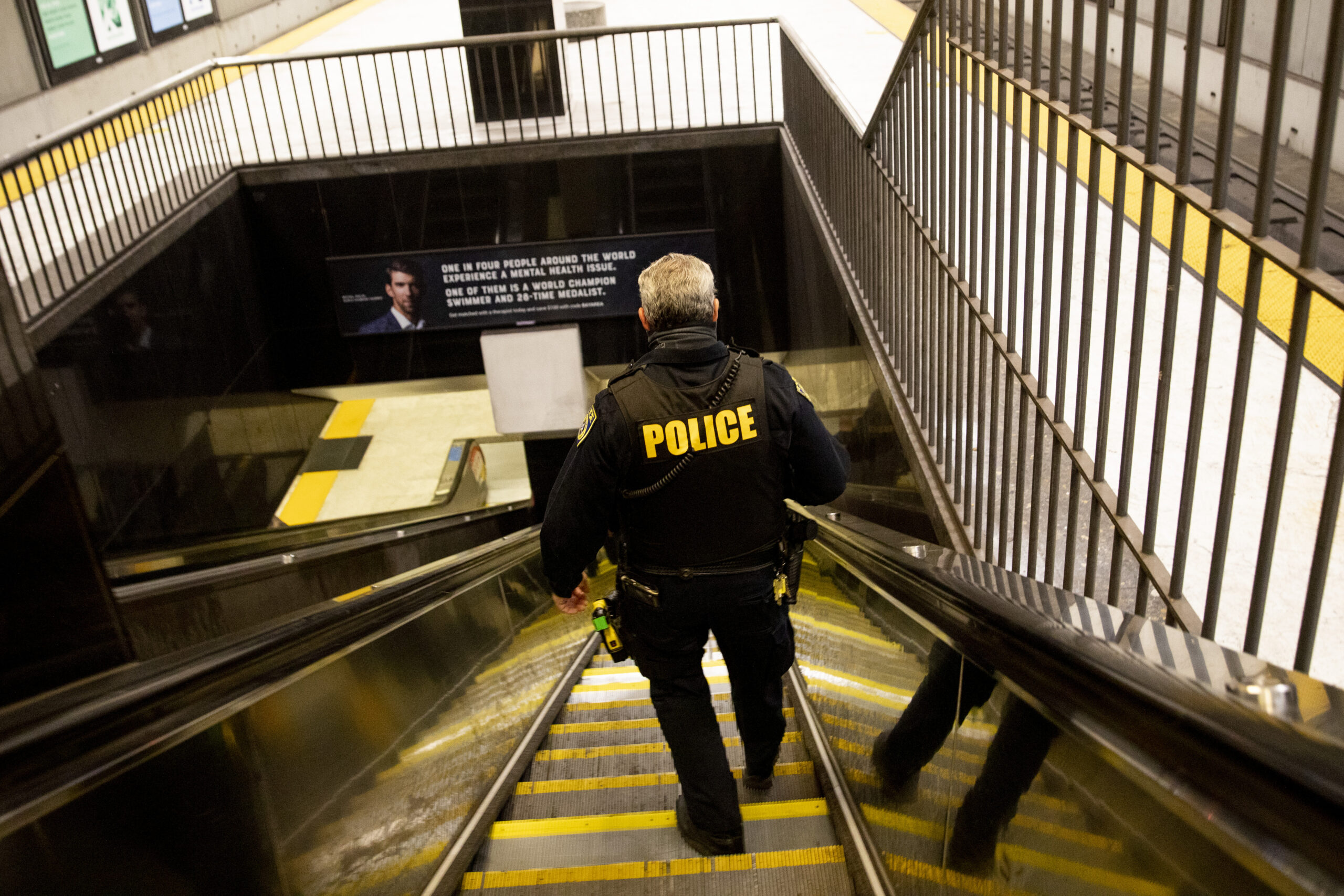Update: The San Francisco Municipal Transportation Agency did not return multiple requests for comment until after the publication of this story. SFMTA Director Jeffrey Tumlin contacted The Standard Thursday to say that while aggravated assaults did rise in 2021, SFMTA and SFPD recently began including battery in the total assaults number, leading to the artificially high rise in the number of assaults reported on the SFMTA’s public website.
With pandemic restrictions winding down, transit systems nationwide are luring back passengers to buses and trains. But many of them are also grappling with another problem: a rise in assaults and other crimes on public transit.
San Francisco is no exception. The number of total reported assaults on Muni was 186 last year, a sharp increase over pre-pandemic years, despite a major slump in ridership during the pandemic. However, San Francisco Municipal Transportation Agency Director Jeffrey Tumlin noted that in August 2020, the agency began more broadly classifying assaults to include not just aggravated assault—which is defined as assaults with a weapon or other object that causes severe injury or bodily harm—but also battery, a category that includes incidents such as spitting, which accounted for much of the steep rise.
There were 32 aggravated assaults in 2021 compared to 29 in 2020, and there were 155 reports of battery compared to 45 between August 2020 and the end of that year, according to the agency. After publication of this story, SFMTA updated its website to include more detail on the types of assault reported.
During the initial weeks of Covid lockdowns in spring 2020, weekday ridership plummeted more than 80% compared to pre-pandemic averages. Ridership slowly recovered from those lows, but had only reached about half of pre-pandemic averages by the end of 2021.
The decreased ridership dragged down the total number of crimes to lower levels during the pandemic, with reports of larcenies—simple theft, and once the most common type of crime on Muni—dropping significantly, along with fewer robberies. But fewer riders mean that crime rates, along with heightened concerns about crime, increased in the pandemic.
“Just as we’re seeing more aberrant behavior resulting in property damage [outside of Muni], we’re seeing aberrant behavior on Muni,” Tumlin said.
Tumlin said that in response, the agency has reoriented staff to help mitigate any safety concerns. SFMTA added 20 ambassadors—uniformed, unarmed staffers trained in de-escalation tactics—and has budgeted for an additional 22. It’s also re-tooled fare collectors to act as community service ambassadors, and added trainings for operators on how to handle safety risks, Tumlin.
A New York Times report found that transit agencies nationwide are grappling with how to restore confidence in public transit and mitigate fears of crime.
In Philadelphia, robberies and aggravated assaults jumped 80% on transit between 2019 and 2021, according to a report from The Philadelphia Inquirer. A Los Angeles Times report from late last year found that reported violent crimes were up 25% from 2020 on that city’s public transit system. New York City and Chicago are also seeing spikes. On April 12, a gunman opened fire at a Brooklyn subway station, wounding 10 and injuring more than a dozen others.
In response to the New York subway shooting, the Bay Area Rapid Transit system increased its police and transit ambassador presence throughout its system. BART also relies on cameras and other riders to report suspicious behavior, BART Police Chief Ed Alvarez said at a press conference on April 12. But BART, like the SFPD, is facing a staffing shortage, with around 25 vacancies.
“It’s a partnership, collaborative effort with our employees, ridership and the police department to try to go out there and make the system as safe as it can be, and that’s by reporting incidents,” Alvarez said.
